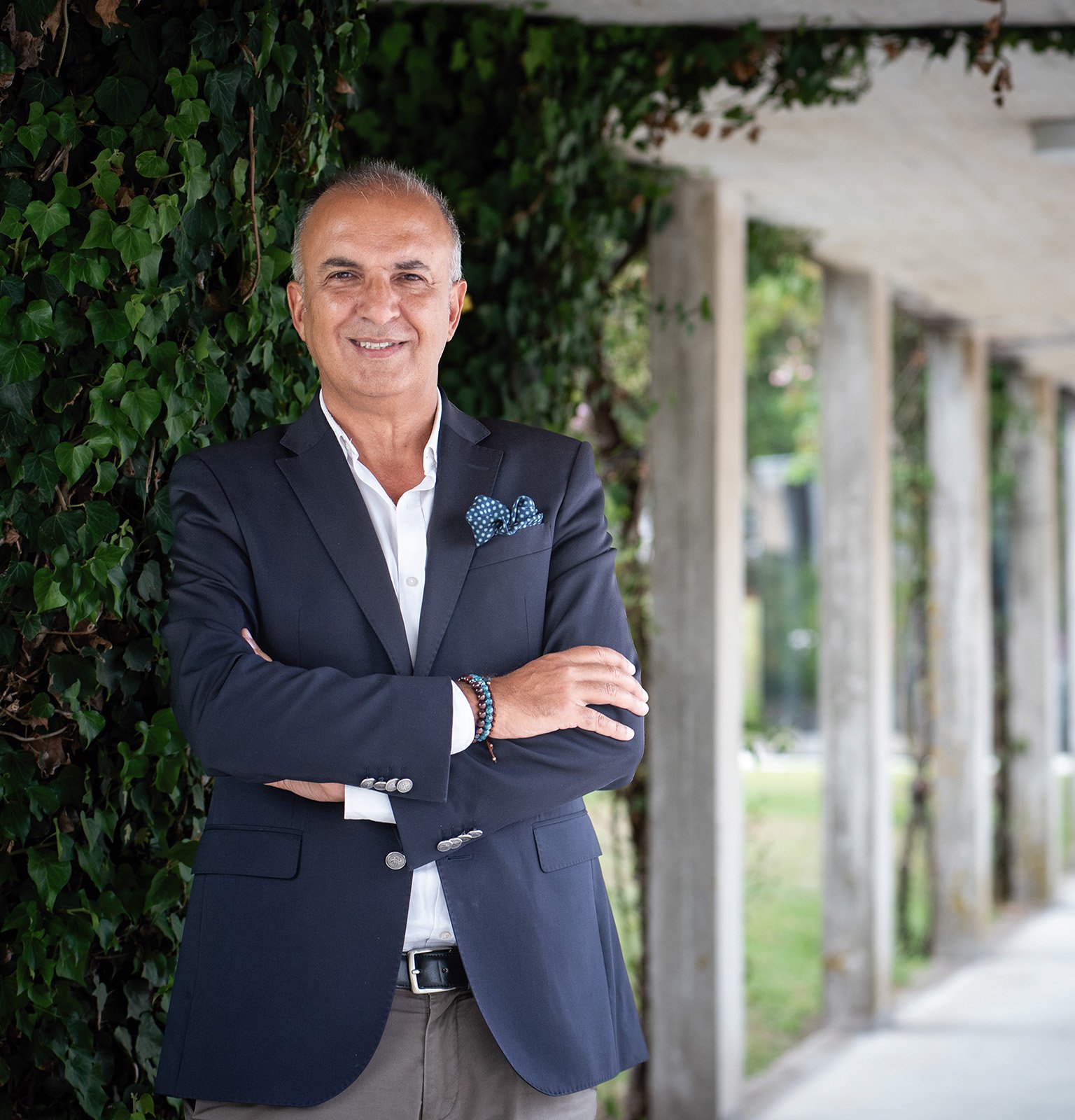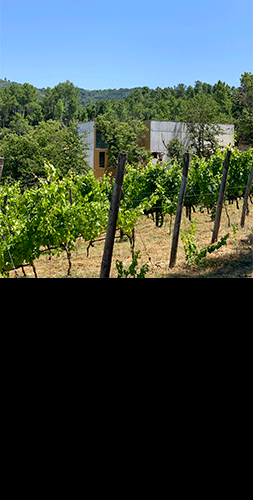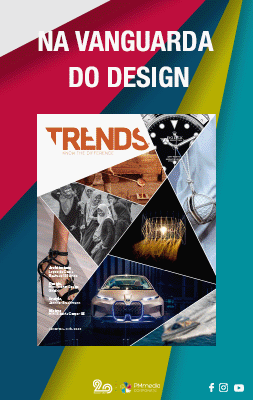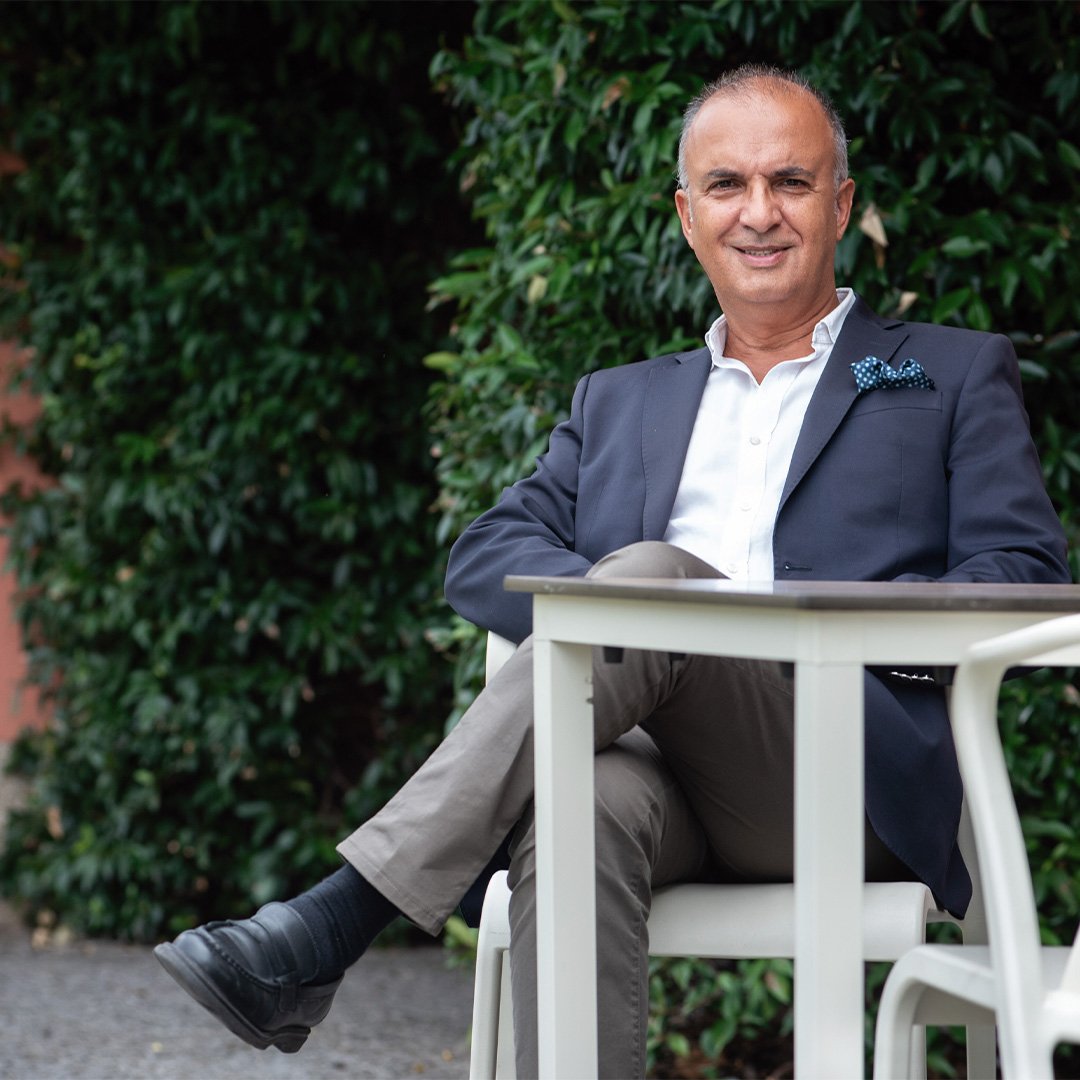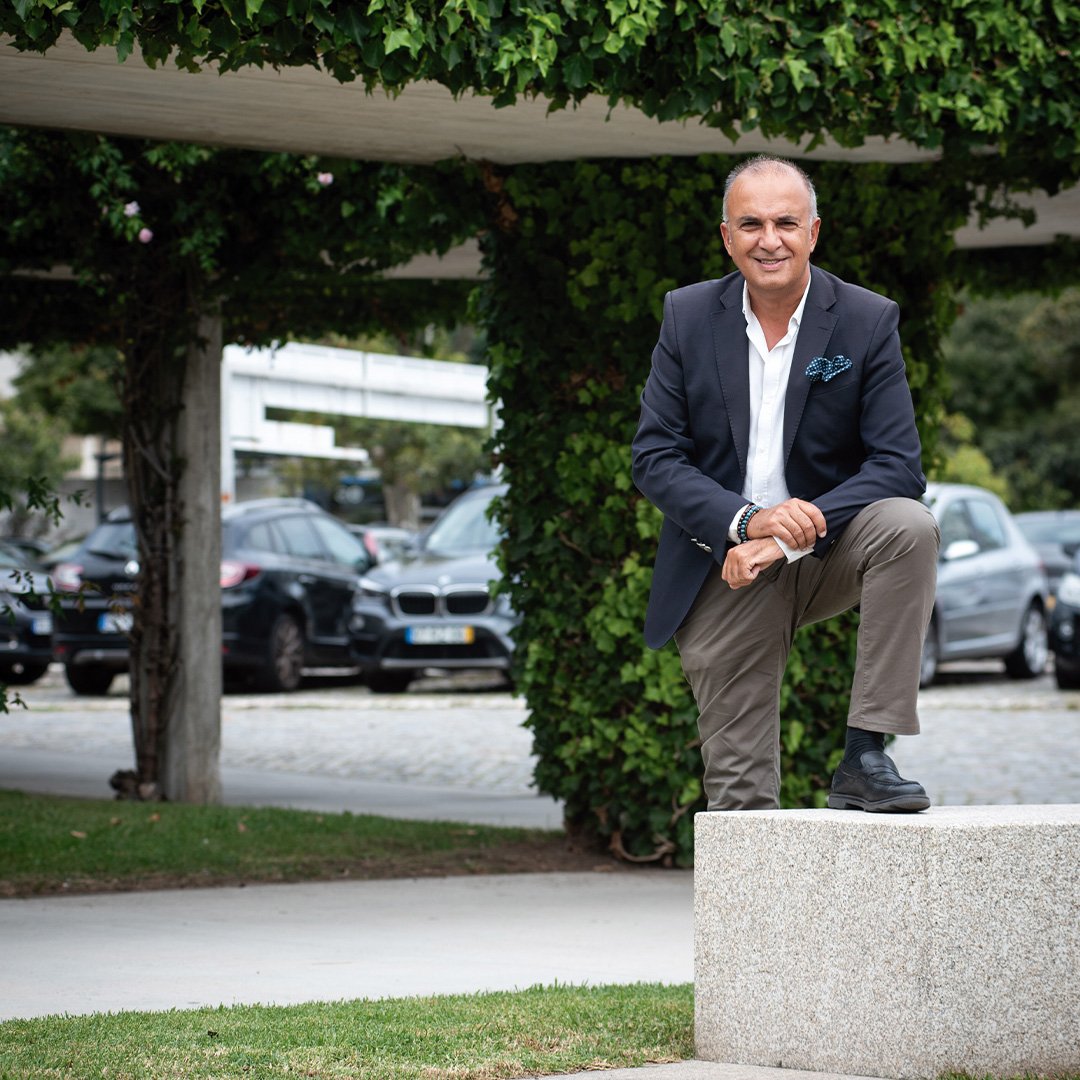You became president of the Oporto and North Tourism Association (ATP) in 2020. In January this year you were re-elected to the post. What challenges have you encountered over the years and what strategies do you have in mind for this new term, which runs until 2025?
There have been many challenges, some unexpected, such as the pandemic, which has undoubtedly been the biggest of all. Going from a moment of growth to absolute zero was difficult to accept, and right at the start of a new mandate. This forced us to find strength and solutions that we didn’t even realise we had. We didn’t stop for a minute, we never let up, we were always preparing for the "day after”, we knew it would come and, at that moment, we wanted the attention of the markets to fall back on us. The challenge was to keep the region’s reputation at the top of people’s minds. I think we successfully achieved this, which may sound presumptuous, but the figures and the various awards won by our communication and marketing campaigns prove it. I believed that the sector would recover quickly, but not as quickly as it actually did. Tourism has been the driving force of the national economy in the post-pandemic period.
In the case of ATP, as the region’s External Promotion Agency, we have a well-defined strategy – to continue our promotional work in our main source markets, particularly the long-distance ones, with the USA, Canada and Brazil being the most important, not forgetting Asia, a market that hasn’t recovered yet, but which I believe will return in force in 2024.
In another, more internal dimension, we are preparing the organisation for the new times, where digital presence is a critical success factor. This is why we are just days away from presenting our Marketplace, the first in a Portuguese tourism region, which I believe will enable sales growth for companies that want to be part of it. We are also days away from presenting the new image of Turismo do Porto e Norte. We want the four sub-destinations to feel integrated into a contemporary image that aims to openly recognise that the origin and most original part of Portugal has a name - Porto e Norte. We’ve also made some structural changes. Of course, there is still a lot to be done, but we are now a stronger, more united organisation, with fairer salaries, with career regulations at last, for example, and I believe that the employees feel that we have an excellent working environment.
You have a degree in design, a degree in marketing, you’ve been a member of parliament, you’ve worked as an advisor, you’ve held communications and marketing positions in various institutions, and you still teach marketing. We’d say that communication is in your genes. How have you communicated your ideas since you took over as ATP president? And are they always well received?
Anyone who doesn’t communicate doesn’t exist, now more than ever, which is why I put a lot of importance on this area, it’s what makes us stand out among hundreds of competitors. We are known today for having very creative campaigns, we’ve won dozens of international awards, and I know that expectations are now higher. In fact, I can’t complain, I have an excellent team that has accepted my ideas, but there is constant dialogue and I also like to listen to other people’s ideas. We work a lot with tools such as brainstorming, all ideas are welcome, knowing that sometimes a brilliant idea can emerge out of sheer nonsense. This is a serious yet fun process and the team knows it well. We’re all very aligned, not least because most of us are women.
As well as being president of the ATP, you are also president of the Entidade Regional de Turismo do Porto e Norte - Oporto and North Regional Tourist Board (TPNP). How do these two organisations complement each other?
Our aim is to have a functional merger, so that areas such as communication and marketing can work together. It’s not always easy, it’s something new within the two institutions, not all employees understand it, but we’re taking important steps. To summarise, TPNP’s main mission is to structure the region’s tourism products and promote them in the country and in Spain, while ATP is responsible for all promotion abroad, with the exception of Spain. It’s easy for them to complement each other and it makes sense for them to work very closely together. One is made up mostly of private partners, the other of public partners. I’ve always argued that if there’s a sector where the public and private sectors have to work together, it’s in the tourism sector, which is also why this close relationship is beneficial.
«I’ve always argued that if there’s a sector where the public and private sectors have to work together, it’s in the tourism sector»
The tourism sector, an essential factor for the country’s economy, has grown in recent years, but we are still a long way behind other European countries. What exactly do we need in Portugal to position ourselves on a par with other tourist destinations?
Portugal has come a long way; we are now a superbrand. The country has been recognised as the best tourist destination in the world on several occasions. The Portuguese Tourism Board is one of the most prestigious at both European and world level, and has won numerous important international awards. I would also point out that, in terms of tourism infrastructure, we are at the top of the world rankings - in 2019, we were at the top of the World Economic Forum’s list. Let me remind you of a figure that speaks volumes for the success that Portuguese tourism has achieved – in 2022, tourism revenues reached 21 billion Euros, 20 percent more than in 2019, which was considered the best tourism year ever. It’s a feat, especially after two years of the pandemic.
We’re very proud of the Portugal brand, but we know that regional brands are fundamental to the growth of tourism. Fortunately, we’re living in a time of great harmony between all of us, the relationship with our colleagues from the other regions is excellent, we’re a small country so we can divide ourselves up and, fortunately, we’re very diverse so we can complement each other and that’s what we’ve been doing, so we’re always going together to promote the country abroad. Of course, not everything is perfect. I can give you two examples that would go a long way towards improving our positioning and competitiveness – the construction of the infamous airport for Lisbon and a new, fast, safe and comfortable Oporto/Lisbon railway link.
Train mobility between cities is one of the factors that often prevents tourists from visiting more than one or two cities. How can this be remedied so that Oporto and the North attract more tourists? And how can or should the government intervene?
This is already happening in the north among some cities. The growth of tourism in Braga has also been possible thanks to a good railway connection, and the same is true of Aveiro, which, although it is not in our region, benefits, and rightly so, from an excellent connection to Oporto. The electrification of the Minho line was an exemplary project, on a line that hadn’t seen investment for almost a century. We had too many years without investing in the railway and today I believe we have all realised our mistake, especially when many European countries have taken the opposite path. There is still a lot to do, the Douro and Trás-os-Montes urgently need investment in the railway. With regard to the Douro Line, of which we are great and enthusiastic supporters, I want to believe that it will finally see the light of day, as the government has announced. We were part of a working group, led by the CCDRN, which aimed to assess the importance of this project at a social, economic and tourist level, among others, and its relevance became very clear. The Douro Line will transform the region and will bring together two cross-border regions, the Douro and Castilla y León. If we want tourists throughout the territory and not just concentrated in the big cities, then we need to invest more in mobility.
On the other hand, air connections have also created a greater influx of passengers/tourists to the North. Should the North also consider the possibility of building a new airport in the short/medium term?
Francisco Sá Carneiro Airport is receiving an average of 50,000 tourists a day, well above the record year of 2019, when it registered 13 million passenger movements. We now have 105 routes, operated by 29 airlines, which speaks volumes for the growth we’ve seen in recent years. I have information that the airport can grow to a capacity of 40 million passengers, with works, of course, but without having to change location. In other words, the possibility of a new airport is not an option, the shame and embarrassment we have to face because we haven’t managed to build a new one in 50 years is enough, imagine there were two.
«The Portuguese Tourist Board is one of the most prestigious at both European and world level»
